The beginner’s guide to the F1 Sprint
Find out everything you need to know about F1 Sprint.
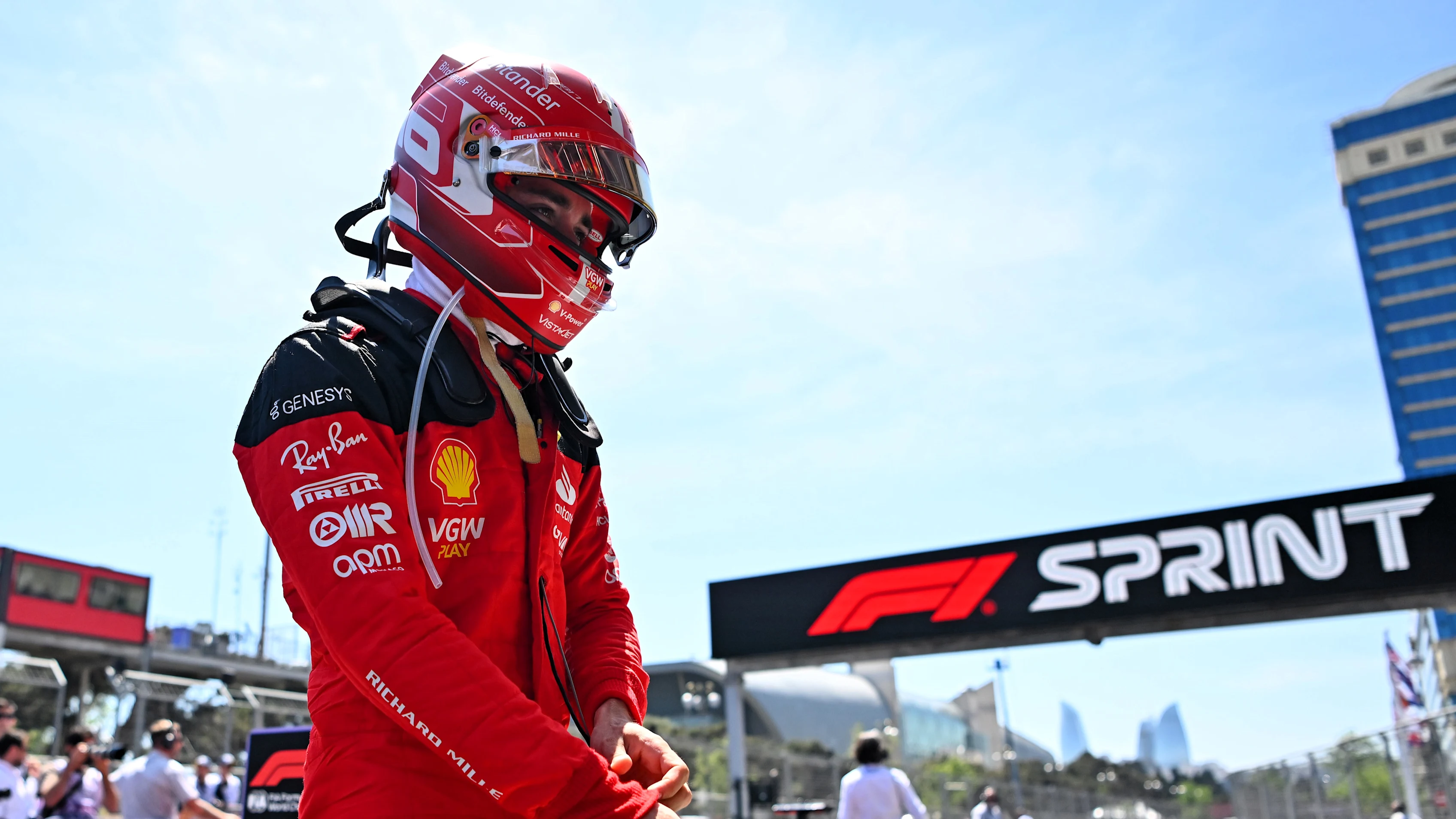
Our beginner’s guide provides all you need to know about the F1 Sprint, explaining how this exciting addition to the Formula 1 weekend works, how it has developed and what it means for the F1 weekend.
While the bulk of the Formula 1 season consists of traditional Grand Prix weekends, six of them – a quarter of the 24 events in total – have been designated as F1 Sprint events. But what is a Sprint event? It’s Formula 1 as we know it – but with a little less conversation, a little more action.
What is the F1 Sprint?
The Sprint is a short race. It covers 100km – about one-third of a typical Grand Prix distance – and should last about 30 minutes. This length has been chosen to encourage a race that is dynamic rather than strategic. Unlike a Grand Prix, there are no mandatory pit stops. Pit stops aren’t banned but the race is too short for tyre changes to be effective.
The venues chosen for Sprint events are all tracks with great overtaking potential, picked to try and ensure the Sprint is a flat-out, aggressive melee from start to finish. Points are on offer, from eight down to one, awarded for the first eight cars to finish.
How does the F1 Sprint work?
A Sprint weekend is different to the traditional Grand Prix weekend but it's still a three-day affair with the Grand Prix as the main event – only with even more excitement!
A Formula 1 weekend is usually run (though not always) over Friday, Saturday and Sunday. Over the three days, the F1 cars appear on track for five sessions. A standard weekend has three Free Practice sessions (FP1, FP2 and FP3) lasting an hour each, followed by another hour for Qualifying – which sets the grid for the Grand Prix – and then the Grand Prix itself.
On a Sprint weekend, two of the practice sessions are deleted and replaced. A Sprint Qualifying session replaces FP2 on Friday to set the grid for the Sprint. Saturday sees the Sprint itself replace FP3, before Qualifying for the Grand Prix happens as normal later that day.
With limited Free Practice running the pressure is on to get the set-up right first time, and with extra points available in a Sprint weekend it's even more intense.
Championship points awarded in an F1 Sprint
| Place | Points |
|---|---|
| 1st | 8 |
| 2nd | 7 |
| 3rd | 6 |
| 4th | 5 |
| 5th | 4 |
| 6th | 3 |
| 7th | 2 |
| 8th | 1 |
What is F1 Sprint Qualifying?
Sprint Qualifying takes place on Friday. Split into three stages – SQ1, SQ2 and SQ3 – lasting 12 minutes, 10 minutes and just 8 minutes respectively, the session follows a similar format to Qualifying.
The five slowest drivers are eliminated after SQ1, before five more drop out from SQ2 – thereby setting the grid positions from 20th up to 11th in the Sprint.
The 10 remaining drivers head into SQ3 to determine the top 10 grid slots, with the fastest driver starting from the front of the pack in Saturday's Sprint race.
How many F1 Sprint events are there?
Six circuits will host F1 Sprint weekends in 2025 – a year that marks the 75th anniversary of the FIA Formula 1 World Championship and the fifth season of the Sprint format.
The exciting 2025 F1 Sprint roster sees China and Miami on the Sprint line-up for a second consecutive year, joining Austin and Qatar which both return to host their third Sprint events. Belgium returns to the line-up for the first time since 2023, while Brazil continues its run of hosting a Sprint every year since the format began in 2021.
2025 F1 Sprint calendar
| Date | Country | Venue |
|---|---|---|
| March 21-23 | China | Shanghai |
| May 2-4 | USA | Miami |
| July 25-27 | Belgium | Spa-Francorchamps |
| October 17-19 | USA | Austin |
| November 7-9 | Brazil | Sao Paulo |
| November 28-30 | Qatar | Lusail |
Why was the F1 Sprint introduced?
Simply put, the Sprint weekend delivers even more bang for your buck. Many spectators enjoy simply watching the cars during a practice session, but the Sprint format guarantees meaningful action every day, with either points or grid position at stake.
It gives fans at the track the opportunity to see F1 cars absolutely flat-out on each day of the event, and gives viewers at home more racing to enjoy.
Why not have an F1 Sprint everywhere?
One of the very great virtues of Formula 1 is that each Grand Prix is distinctive. Some circuits are not a natural fit for the Sprint format, others run a higher chance of car damage and would make teams overly cautious, and some circuits are very comfortable with their traditional weekend format.
But the Sprint is a young and evolving concept, with the present arrangement still part of a learning exercise.
Does the Sprint influence the Grand Prix?
No… and yes. The Sprint is designed to be standalone event. Sprint Qualifying on Friday forms the grid for the Sprint on Saturday, and the result of the Sprint has no bearing on the Grand Prix… except in some very specific circumstances.
The first is a grid penalty. As with any Formula 1 race, a driver picking up a penalty in the Sprint that can’t be served immediately, will serve it at their next race – usually the Grand Prix the following day.
The second is crash damage. A team is allowed to repair crash damage without penalty if they use like-for-like parts – but if a Sprint crash is sufficiently severe that the team needs to change the chassis, then the driver will automatically lose their spot on the grid and have to start the Grand Prix from the pit lane.
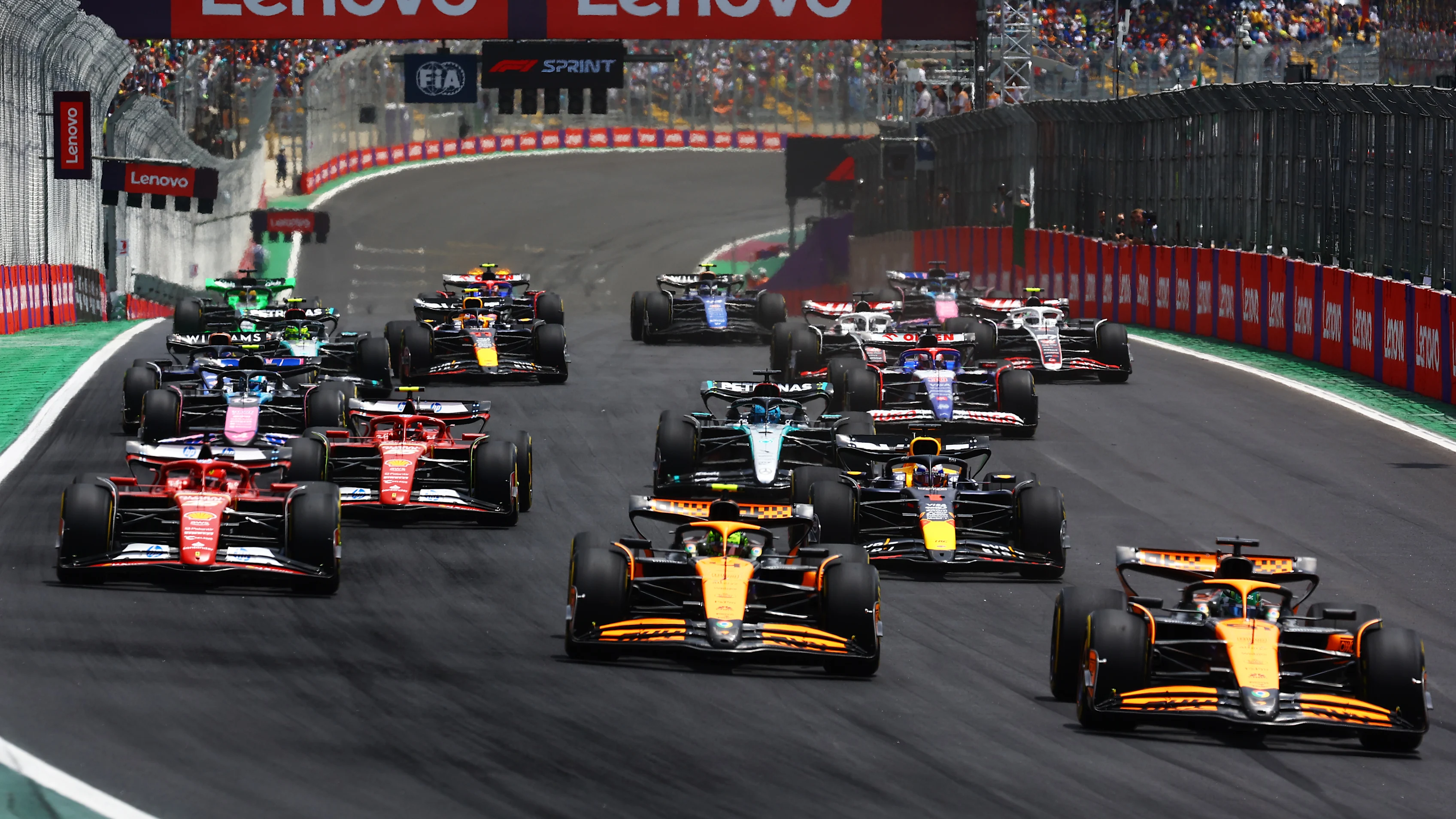
The bigger influence on a Grand Prix comes not from the Sprint, but rather from the limited nature of practice, with only one Free Practice session on a Sprint weekend instead of the usual three. This has a profound impact on the teams and how they operate – and not solely because they have only 60 minutes of track time to practice instead of the usual 180.
On a normal race weekend, the teams have 26 hours between the end of the first practice session and when they have to lock-in their set-up choices for Qualifying and the Grand Prix. There’s a lot of analysis done at the track, and more back at the factory, where reserve drivers will be working in the simulator experimenting with different set-up options based on the telemetry flowing back from the circuit, and engineers will be mulling over the rich seam of data it generates.
The cars are also running extra electronics on Friday, with supplemental sensors and cameras, designed to maximise that data. These sensors and cameras, together with their wiring looms, are heavy – perhaps adding four or five kilos – and will be stripped out on Friday evening, getting the car down to its fighting weight ahead of Saturday’s action.
None of these things are really possible on a Sprint weekend. The car goes out for the single practice session in something as close to its race spec as the team can guestimate. It’s a method of operation that rewards a slick, effective trackside operation – but punishes teams if their best guesses are incorrect. Someone is always caught out, which makes Sprint weekends dramatically unpredictable.
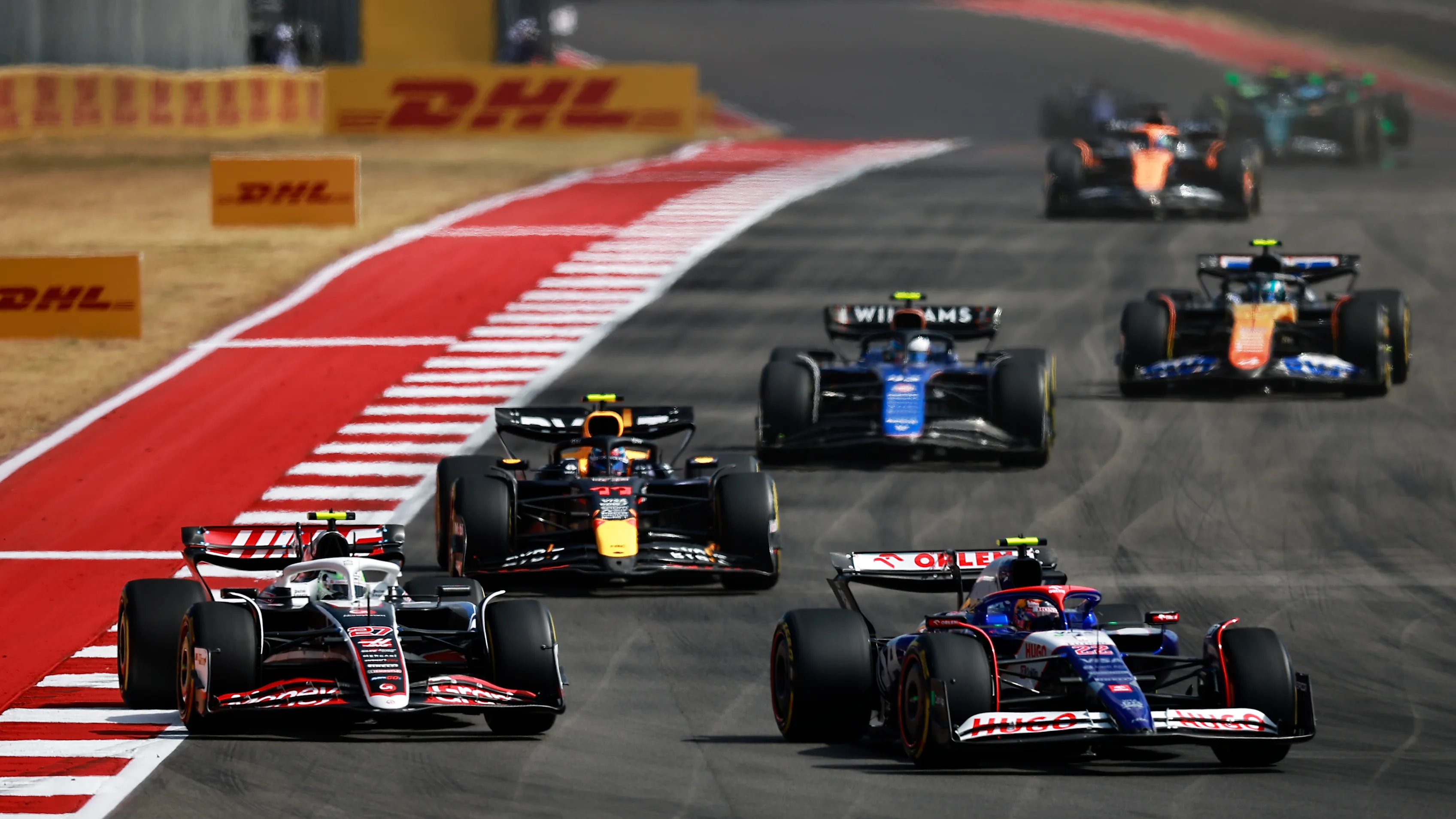
How has the F1 Sprint changed?
Sprint weekends are a relatively modern addition to Formula 1. The 2021 calendar included three Sprint events, with the first being held as part of the British Grand Prix weekend at Silverstone. This was followed by Sprints at Monza's Italian Grand Prix and the Sao Paulo Grand Prix at Interlagos.
The process was repeated in 2022, this time with Sprints at Imola's Emilia-Romagna Grand Prix weekend, the Red Bull Ring in Austria and Interlagos again, and the programme was expanded to six events in 2023, with Sprints in Azerbaijan, Austria, Belgium, Qatar, the US Grand Prix and Brazil.
The rules have gone through something of a metamorphosis in its short history, with the initial version having the Sprint set the grid for the Grand Prix, and a token number of points on offer for the first three finishers. That changed for 2023, with more points made available in an effort to remove an element of overcautiousness that had crept into proceedings too.
The Sprint weekend format was further tweaked for 2024, with Sprint Qualifying (previously called the Shootout) moving to Friday, ahead of the Sprint itself taking place on Saturday.
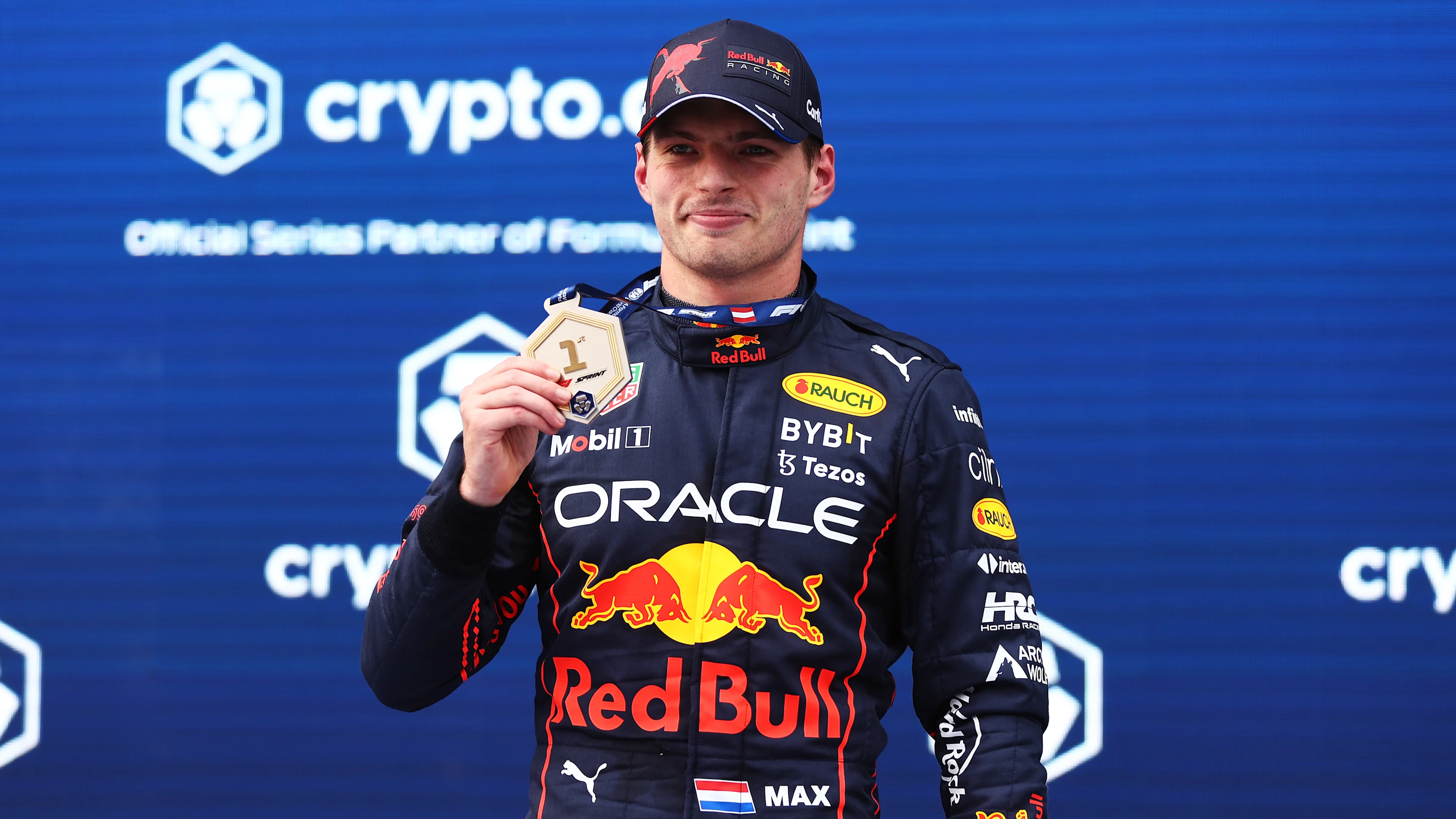
What about F1 Sprint in 2026?
Six circuits will host an F1 Sprint weekend in 2026 including three new Sprint locations.
The first F1 Sprint of 2026 will take place in Shanghai, followed by Miami, with both Grands Prix hosting a Sprint weekend for the third consecutive year.
Silverstone returns to the Sprint Calendar for the first time since the format’s inaugural event in 2021, and Montreal, Zandvoort and Singapore are all set to host their first ever Sprint weekend.
2026 F1 Sprint Calendar
| Date | Country | Venue |
|---|---|---|
| March 13-15 | China | Shanghai |
| May 1-3 | USA | Miami |
| May 22-24 | Canada | Montreal |
| July 3-5 | Great Britain | Silverstone |
| August 21-23 | Netherlands | Zandvoort |
| October 9-11 | Singapore | Singapore |
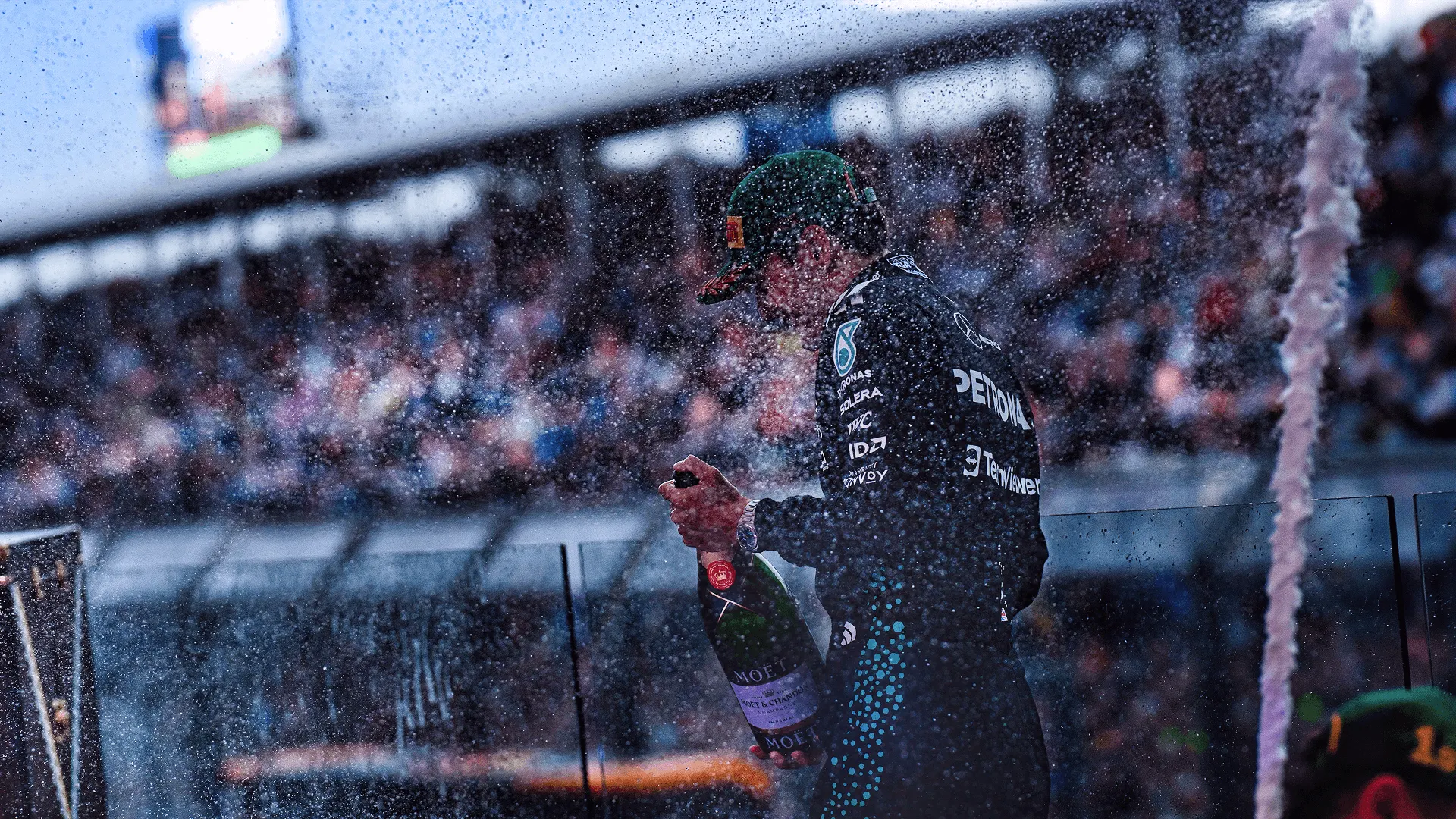
Next Up
Related Articles
 Quiz10 quiz questions on British F1 World Champions
Quiz10 quiz questions on British F1 World Champions ExclusiveHow Norris made his school teachers ‘enormously proud’
ExclusiveHow Norris made his school teachers ‘enormously proud’ ExclusiveWhy Gasly feels ‘ready for my time’ in F1
ExclusiveWhy Gasly feels ‘ready for my time’ in F1 Ferrari confirm launch date for 2026 campaign
Ferrari confirm launch date for 2026 campaign The best moments from F1 Secret Santa over the years
The best moments from F1 Secret Santa over the years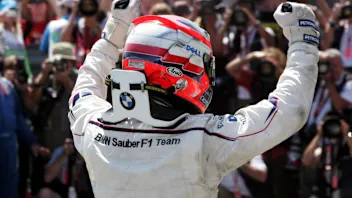 Tremayne'Why I’ll always have a soft spot for Sauber'
Tremayne'Why I’ll always have a soft spot for Sauber'